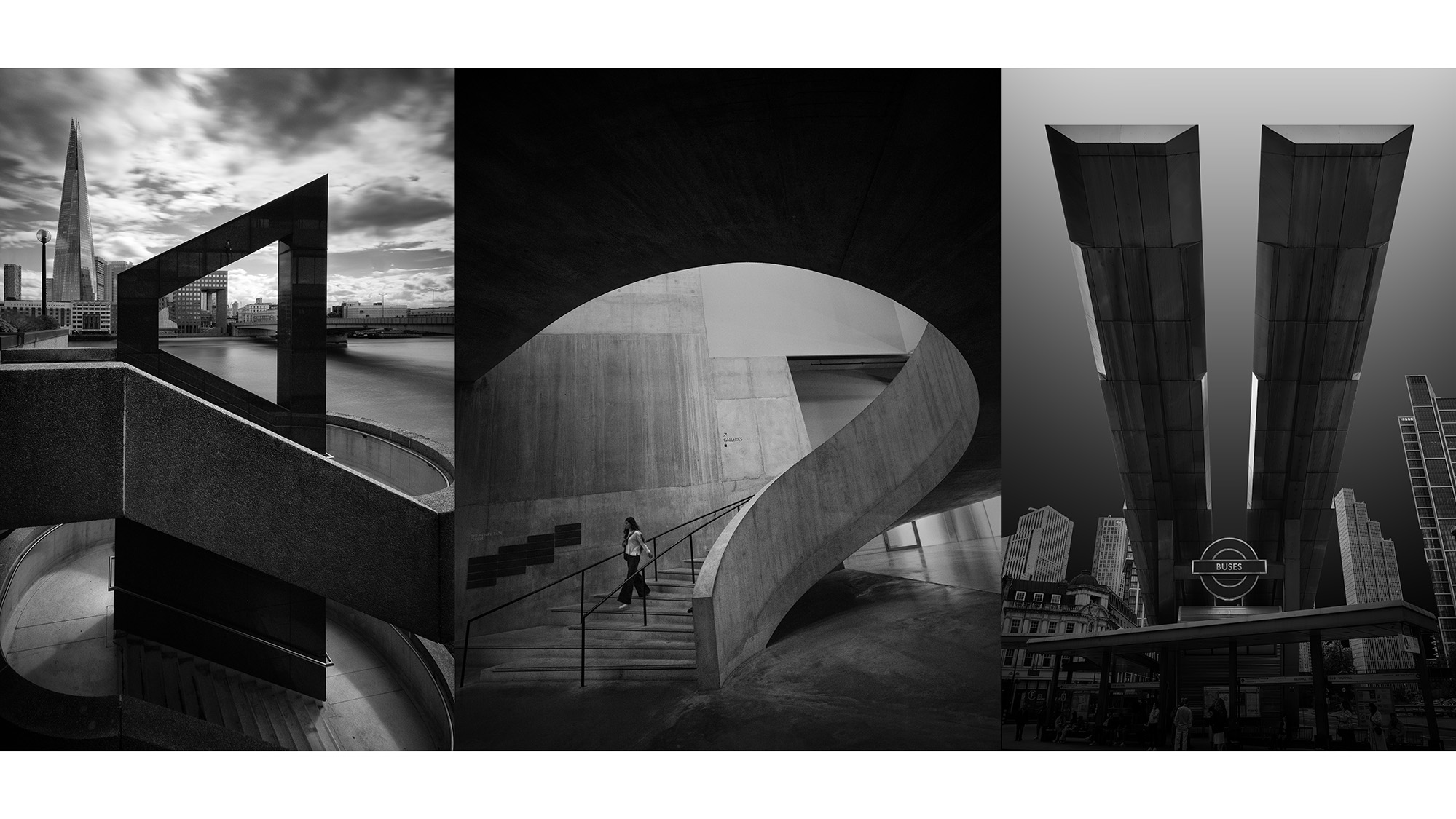
I’m never going to stop capturing color photographs, but I’ve found myself favoring black-and-white photography more and more of late. I have always loved using the best photo editing software to process my photos, but I do find that editing color photographs can bring with it a certain level of frustration. You see, a well-composed image with an interesting subject is always going to be a well-composed image with an interesting subject.
But image editing is much more tumultuous in terms of trending aesthetics, and a lot of this is down to color grading. It’s very easy to find yourself committed to a style of editing you eventually end up not really liking, and transitioning isn’t always easy. Even when I do transition, I find myself looking back on old edits and pondering: “What was I thinking!?”
Black and white is simpler in the edit. Sure, black-and-white photographers definitely craft their own tonal aesthetics. Some prefer edgier, high-contrast looks, while others prefer a softer transition across the tonal range. But you’re not going to end up with too much magenta or an aesthetic that’s simply too warm or too cold. And I love this about black-and-white photography. It allows me to worry less about the edit and worry more about the image.
Now don’t get me wrong. I am not – in any way – suggesting that black-and-white photography is easier than color photography. By removing color distractions, mono images place more emphasis on tone, shape, and composition. There’s nowhere to hide when it comes to black-and-white photography. But allowing your technique to be laid bare is kind of liberating, too.
Another reason I love black-and-white photography is that I find editing my images in DxO Nik Collection 7 a real joy. The Nik Silver Efex plugin is a fantastic way to work if you’re a black-and-white photographer. I personally pair the software with Adobe Lightroom Classic. I simply open my chosen RAW file in Nik Silver Efex and choose my favorite black-and-white preset. I then make a couple of minor adjustments before importing the image back into Lightroom. This is where I go to town, using all of the tonal tools at my disposal, as well as the masking tools to pick out focal points within the image.
I find this way of working so much easier than converting the image to black-and-white in Lightroom and spending ages tweaking it to my liking. Nik Silver Efex provides me with the starting point and I get to tweak it as desired.
I’m never going to stop taking color images. But I’m never not going to be capturing black-and-white images, either. If you don't capture mono images very often, why not make a start this weekend?
You may also like...
If you're seriously into mono imagery, check out the best cameras for black-and-white photography. Also, take a look at the ultimate guide to street photography. And if you're a fan of Nik Collection 7, you might be interested in DxO PhotoLab 8 Elite.







